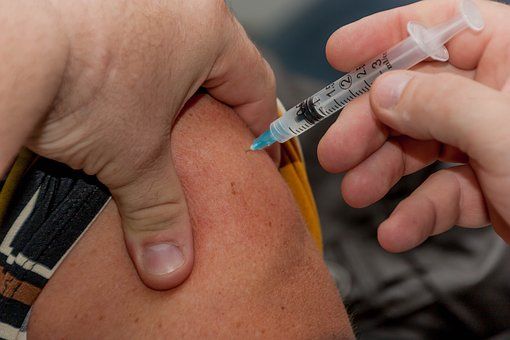The last influenza season was a bad one for Denmark – which is understandable considering the vaccine prescribed by the authorities didn’t protect recipients from the type of flu virus that ended up sweeping across the country.
By the end of the winter, almost 7,700 people had been admitted to hospital and about 1,600 – mostly elderly – had died. The state has now secured 100,000 vaccines in a bid to avoid a repeat scenario.
“Many people will be immune after last winter’s flu epidemic, but we’ll still offer the new vaccine – particularly to protect vulnerable groups against the influenza-B illness,” said the health minister, Ellen Trane Nørby.
“Influenza isn’t dangerous to everyone, but it can be for people with chronic illnesses, the elderly and pregnant, which are some of the groups we offer the vaccine to for free.”
READ MORE: HPV vaccine a success story, new research reveals
Gradual transition
The new vaccine will be quadrivalent, meaning it is designed to protect against four different flu viruses: two influenza A viruses and two influenza B viruses.
But Nørby underlined that the old triplevalent vaccine is still effective and protects against the three influenza strains that the WHO believes are the most important. In the long run, the Danish flu program will only contain the new quadrivalent vaccines, but it will be a gradual transition.
“It is essential that the risk groups accept the offer of a vaccine – whether it’s the 3-valent or 4-valent option. Last winter, just 50 percent of the elderly took the vaccine and the target is to reach at least 75 percent,” said Nørby.
People in the vulnerable risk group can be vaccinated for free from October 1.













